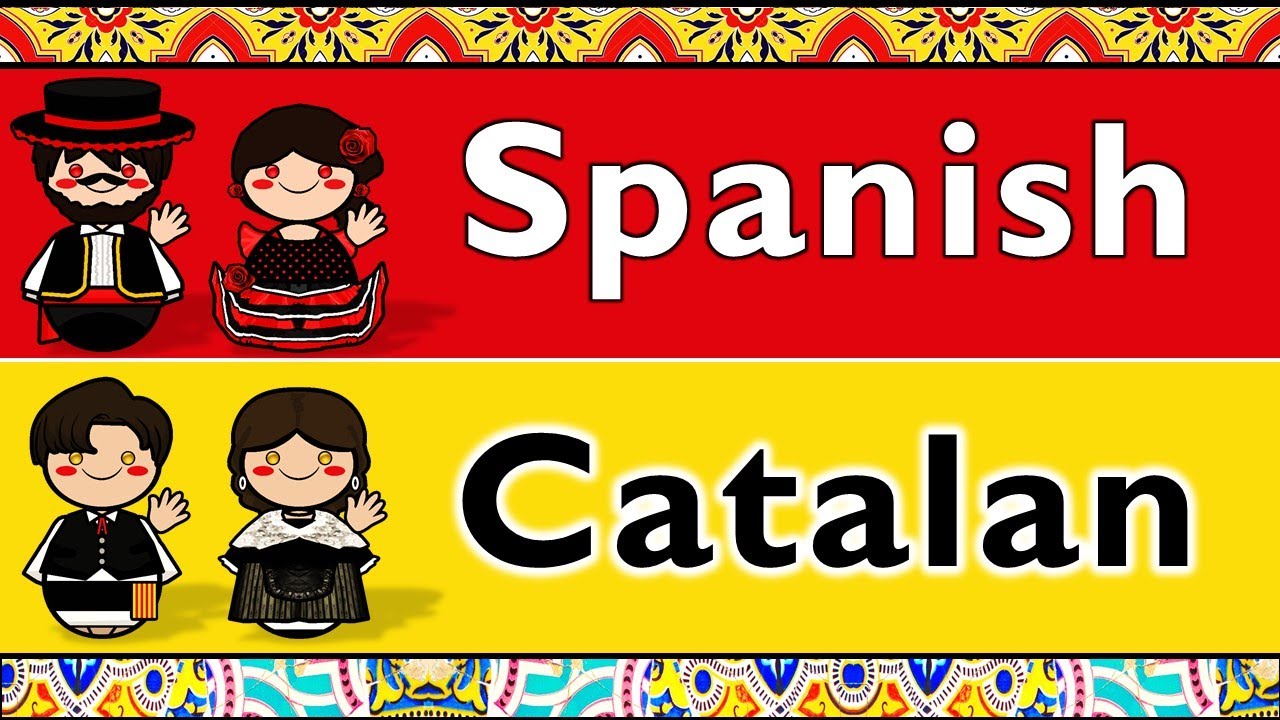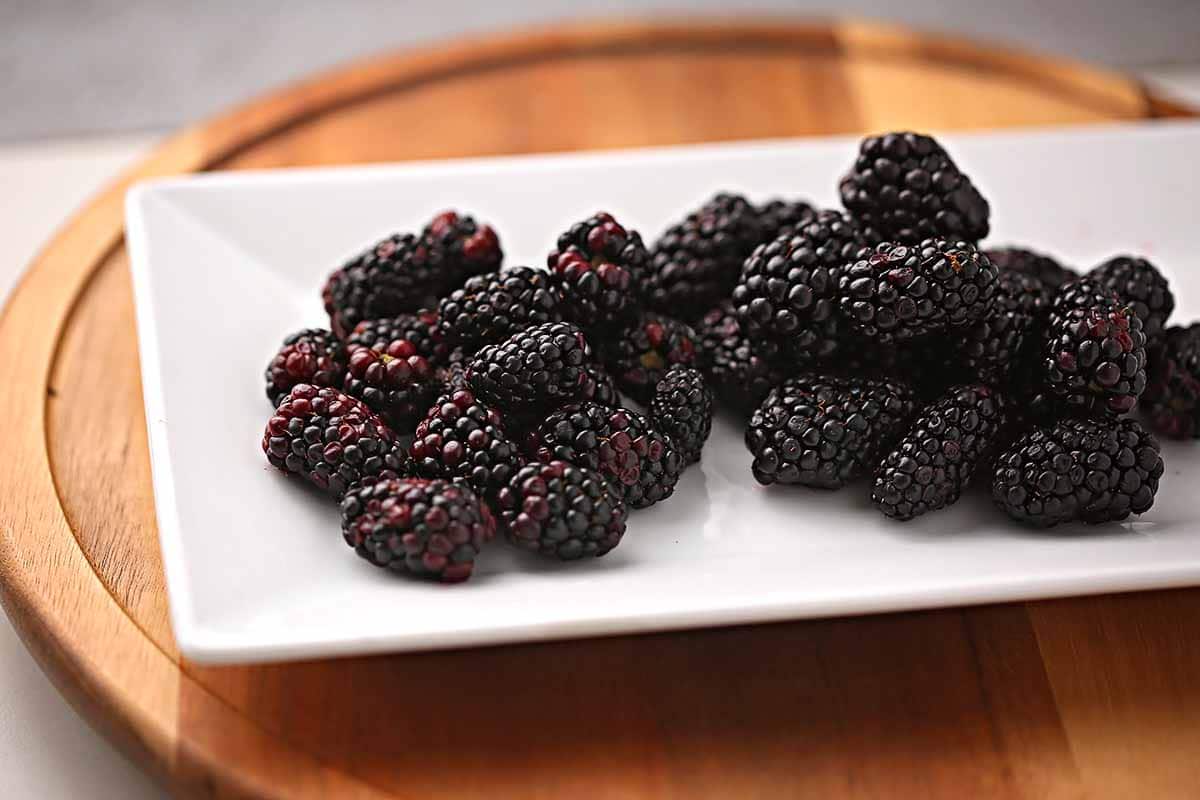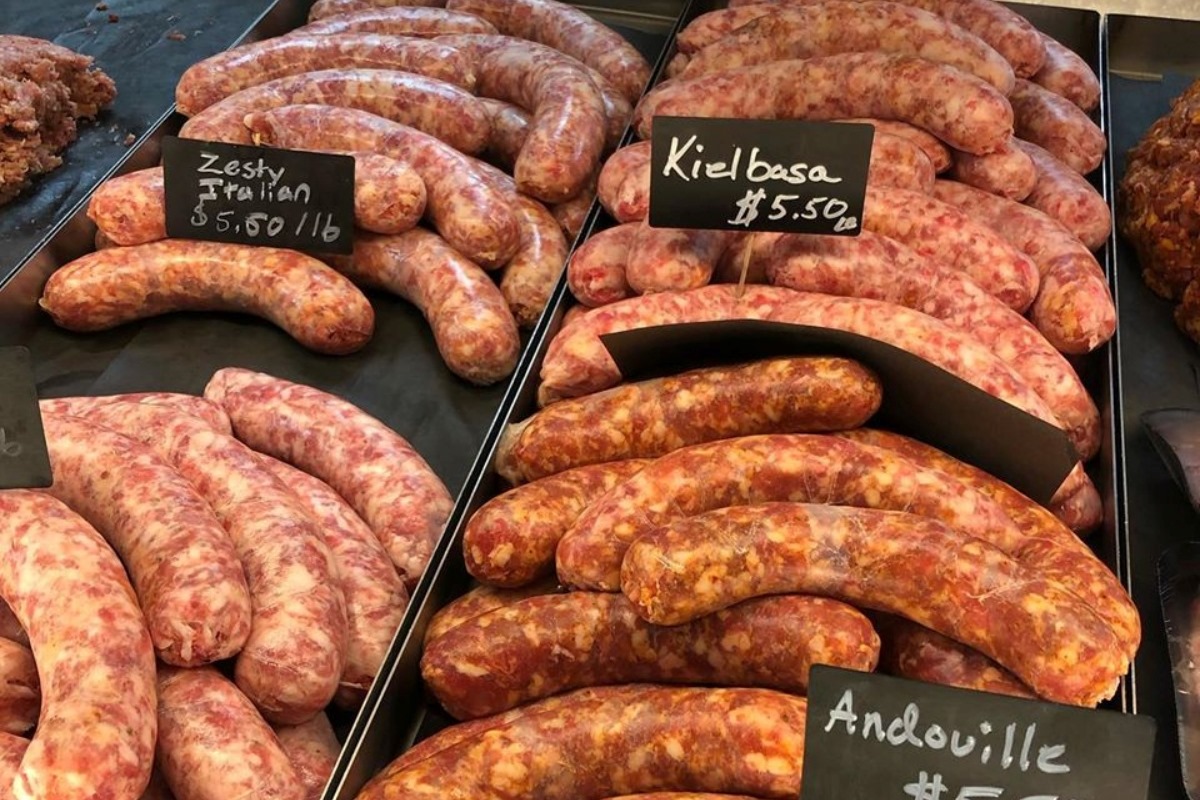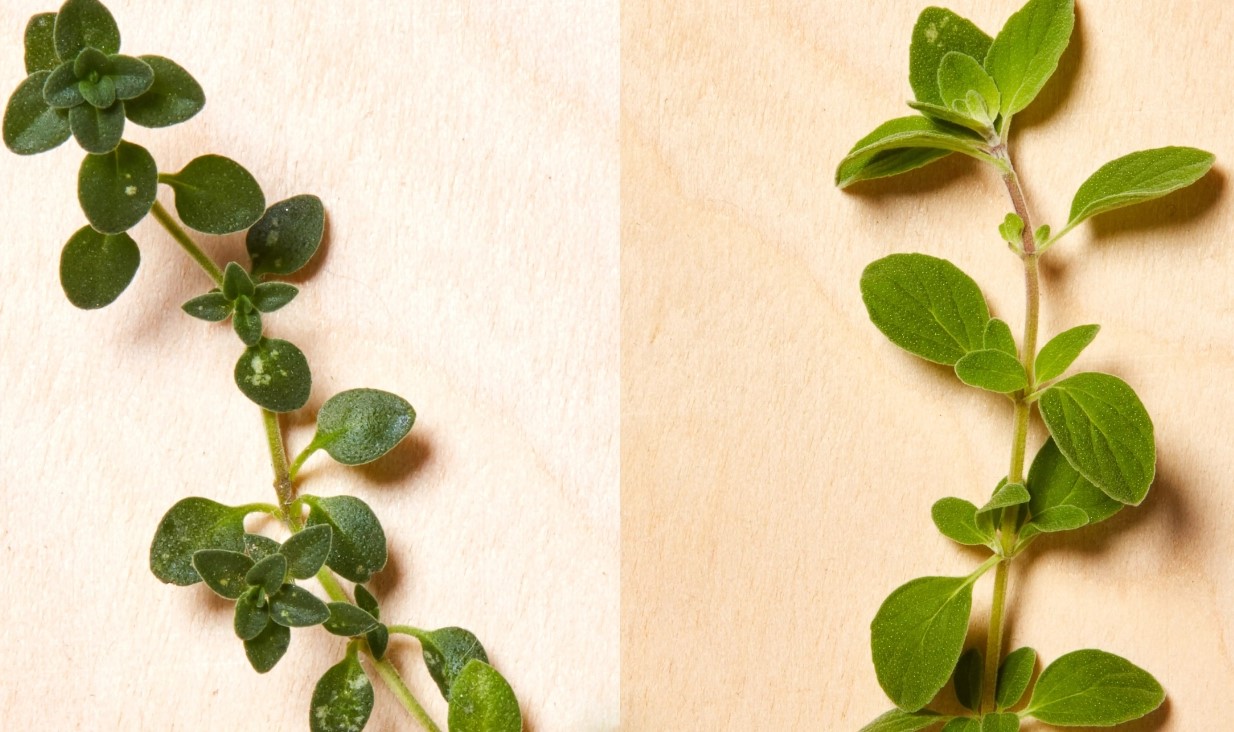Home>Food and Cooking>The Surprising Difference Between Capicola And Salami
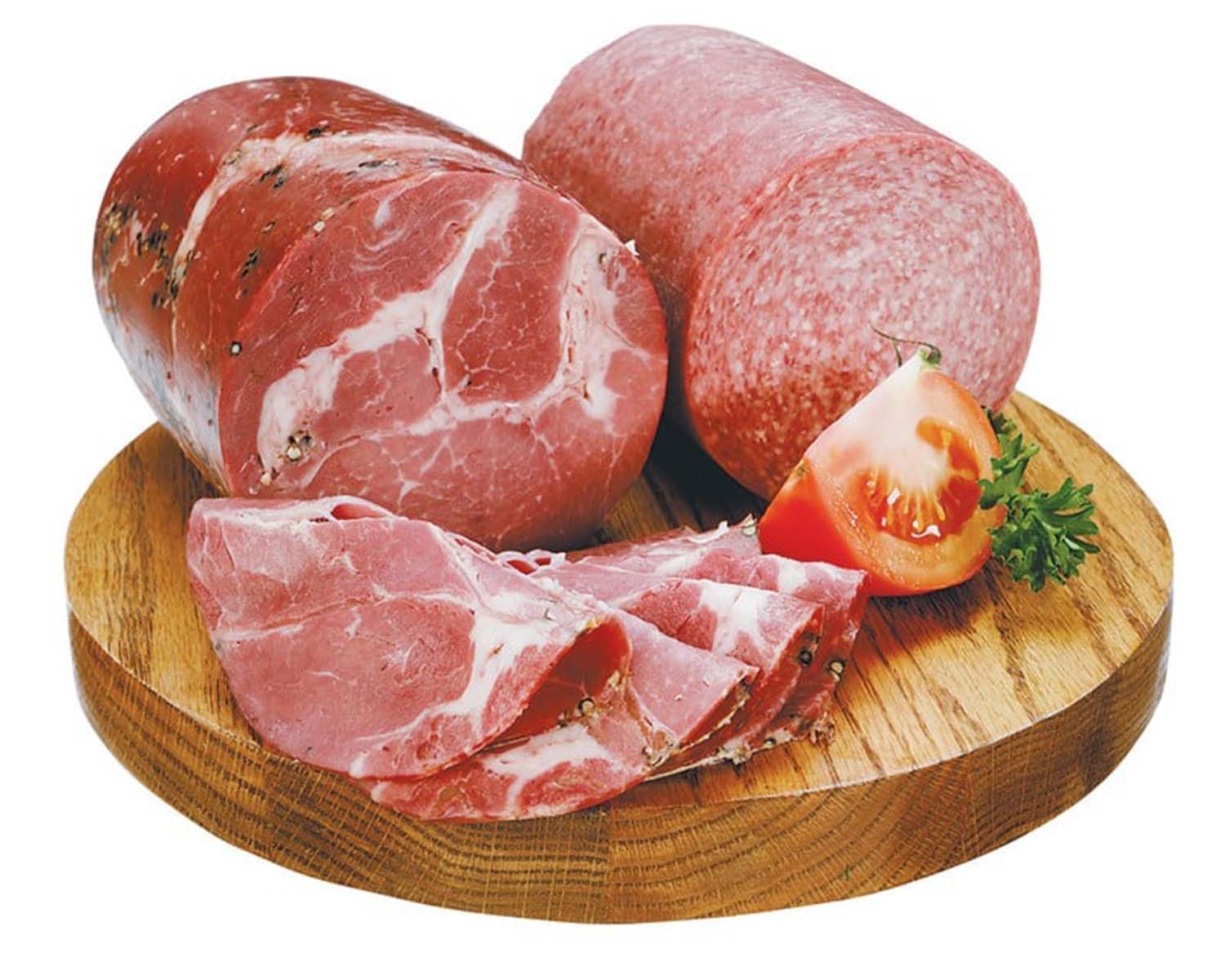

Food and Cooking
The Surprising Difference Between Capicola And Salami
Modified: March 3, 2024
Discover the nuances of capicola and salami in this insightful guide. Explore the world of food and cooking with our expert tips and recommendations.
(Many of the links in this article redirect to a specific reviewed product. Your purchase of these products through affiliate links helps to generate commission for Noodls.com, at no extra cost. Learn more)
Table of Contents
Introduction
When it comes to Italian cured meats, capicola and salami are two popular choices that often find their way onto charcuterie boards and into delicious recipes. Despite their similar appearances and origins, capicola and salami have distinct characteristics that set them apart. Understanding the differences between these two savory delicacies can elevate your culinary knowledge and appreciation for the art of cured meats.
In this comprehensive guide, we will delve into the intriguing world of capicola and salami, uncovering the unique qualities that define each one. From their ingredients and preparation methods to their flavor profiles and culinary applications, we will explore the fascinating nuances that make capicola and salami stand out in the realm of Italian charcuterie.
Join us on a tantalizing journey through the flavors and traditions of these beloved cured meats, as we unravel the surprising difference between capicola and salami.
What is Capicola?
Capicola, also known as coppa, is a traditional Italian cured meat that holds a place of honor in the world of charcuterie. This delicacy is crafted from pork shoulder or neck, which is meticulously seasoned with a blend of spices, including paprika, garlic, and various herbs. The meat is then dry-cured and aged to perfection, resulting in a rich and flavorful product that captivates the senses.
The preparation of capicola involves a time-honored process that begins with the selection of high-quality pork cuts. After the meat is carefully trimmed to remove excess fat, it is seasoned with a fragrant mixture of spices, which may vary based on regional traditions and family recipes. The seasoned pork is then tightly packed into natural casings and left to undergo a slow curing process, during which the flavors intensify and develop a complex profile.
Once the curing process is complete, capicola is aged for an extended period, allowing the flavors to mature and the meat to achieve its desired texture. The result is a marbled, rosy-hued delicacy with a tender, melt-in-your-mouth consistency. The intricate balance of savory spices and the natural sweetness of the pork create a distinctive flavor that sets capicola apart as a cherished component of Italian cuisine.
Capicola's versatility extends beyond its delectable taste, as it can be enjoyed in various forms. Whether thinly sliced for antipasto platters, layered in sandwiches, or incorporated into pasta dishes, capicola adds a savory depth to culinary creations. Its bold yet nuanced flavor makes it a prized ingredient that elevates the overall taste profile of any dish.
In essence, capicola embodies the artistry of Italian charcuterie, showcasing the expertise and dedication of artisans who have honed their craft over generations. Its rich history and exceptional flavor make capicola a beloved staple in the world of cured meats, captivating the palates of food enthusiasts and connoisseurs alike.
What is Salami?
Salami, a cherished Italian cured meat, holds a revered status in the realm of charcuterie. Crafted from a blend of high-quality cuts of pork, beef, or a combination of both, salami is seasoned with a medley of spices, including garlic, black pepper, and fennel seeds, which contribute to its distinctive flavor profile. The mixture is carefully ground to achieve the desired texture before being encased in natural casings, where it undergoes a meticulous curing process.
The art of salami-making involves a delicate balance of tradition and innovation, as each region in Italy boasts its own unique variations and time-honored techniques. From the robust flavors of Genoa salami to the spicy kick of Calabrese salami, the diversity of salami types reflects the rich tapestry of Italian culinary heritage.
During the curing process, salami develops its signature tangy and savory taste, while the natural fermentation imbues it with a complex depth of flavor. The gradual aging of salami allows its distinct characteristics to flourish, resulting in a firm yet tender texture that is a delight to the palate.
Salami's versatility extends beyond its role as a standalone delicacy. Whether sliced thinly for charcuterie boards, diced for savory pasta dishes, or paired with artisanal cheeses, salami adds a robust and savory dimension to a wide array of culinary creations. Its rich umami flavor and satisfying chew make it a beloved ingredient that enhances the overall dining experience.
In essence, salami embodies the essence of Italian culinary craftsmanship, showcasing the artful marriage of premium ingredients, time-honored techniques, and a deep-rooted appreciation for the pleasures of gastronomy. Its enduring popularity and diverse variations make salami an indispensable component of Italian cuisine, captivating the palates of food enthusiasts and connoisseurs around the world.
The Differences in Ingredients
Capicola and salami, while both esteemed Italian cured meats, exhibit notable differences in their ingredient compositions. These distinctions contribute to the unique flavor profiles and textures that set them apart as individual culinary delights.
Capicola:
Capicola, traditionally crafted from pork shoulder or neck, boasts a rich and marbled texture, owing to the generous amount of intramuscular fat present in these cuts. The seasoning blend used in capicola often includes paprika, garlic, and a medley of aromatic herbs, which infuse the meat with a nuanced flavor profile. Additionally, the use of natural casings further enhances the traditional appeal of capicola, allowing the flavors to develop and mature during the curing process.
Salami:
Salami, on the other hand, is a fusion of pork and beef, or a combination of both, resulting in a diverse range of flavor profiles. The seasoning blend for salami typically features garlic, black pepper, and fennel seeds, which contribute to its robust and tangy taste. The use of natural fermentation during the curing process lends salami its characteristic depth of flavor and a firm yet tender texture.
These distinct ingredient variations between capicola and salami yield contrasting sensory experiences. While capicola showcases a nuanced and marbled texture with a delicate interplay of spices and savory notes, salami presents a robust and tangy flavor profile, complemented by the distinct textures derived from the combination of pork and beef.
Understanding the differences in ingredients between capicola and salami provides insight into the diverse culinary traditions and regional variations that shape the world of Italian charcuterie. These distinctive ingredient compositions underscore the artistry and craftsmanship that define each cured meat, offering a tantalizing array of flavors and textures for culinary enthusiasts to savor and explore.
The Process of Making Capicola and Salami
Crafting capicola and salami involves a meticulous process that honors time-honored traditions and showcases the artistry of Italian charcuterie. The distinct methods employed in the creation of these cured meats contribute to their unique textures, flavors, and overall culinary appeal.
Making Capicola:
The process of making capicola begins with the careful selection of pork shoulder or neck, which is trimmed to remove excess fat, leaving behind marbled, flavorful meat. The trimmed pork is then generously seasoned with a blend of spices, such as paprika, garlic, and aromatic herbs, infusing the meat with a rich and nuanced flavor profile. Once seasoned, the pork is tightly packed into natural casings, allowing the flavors to meld and intensify during the curing process. Capicola undergoes a slow and deliberate curing period, during which the meat develops its distinctive taste and tender texture. The aging process is crucial, as it allows the flavors to mature and the meat to achieve its desired depth and complexity, resulting in a marbled, rosy-hued delicacy that captivates the senses.
Making Salami:
The art of salami-making involves a harmonious blend of premium cuts of pork, beef, or a combination of both, which are carefully ground to achieve the desired texture. The seasoned meat mixture is then encased in natural casings, where it undergoes a meticulous curing process. Salami is seasoned with a medley of spices, including garlic, black pepper, and fennel seeds, which contribute to its robust and tangy flavor profile. The natural fermentation that occurs during the curing process imbues salami with its characteristic depth of flavor and firm yet tender texture. The gradual aging of salami allows its distinct characteristics to flourish, resulting in a savory and satisfying delicacy that delights the palate.
The intricate process of making capicola and salami reflects the dedication and expertise of artisans who have perfected their craft over generations. From the careful selection of premium cuts to the precise seasoning and patient curing, each step contributes to the creation of these beloved Italian cured meats. The resulting capicola and salami embody the rich culinary heritage and time-honored traditions of Italian charcuterie, offering a tantalizing array of flavors and textures that continue to captivate the palates of food enthusiasts worldwide.
The Flavor Profiles
Capicola and salami, despite their shared origins in Italian charcuterie, boast distinct flavor profiles that captivate the senses and elevate culinary experiences. Understanding the nuanced taste profiles of these revered cured meats offers a glimpse into the diverse sensory dimensions that define their culinary appeal.
Capicola:
Capicola's flavor profile is a harmonious interplay of savory richness and delicate spices. The generous marbling of the pork shoulder or neck lends capicola a luscious, melt-in-your-mouth texture, while the seasoning blend, often featuring paprika, garlic, and aromatic herbs, infuses the meat with a nuanced and fragrant complexity. The slow curing and aging process allows the flavors to develop, resulting in a captivating combination of savory, slightly sweet, and subtly peppery notes. The result is a delicacy that exudes a refined and balanced flavor profile, making it a versatile and sought-after ingredient in a variety of culinary applications.
Salami:
In contrast, salami's flavor profile embodies a robust and tangy character, punctuated by the distinctive blend of spices and the natural fermentation that occurs during the curing process. The marriage of premium cuts of pork, beef, or a combination of both, combined with the medley of garlic, black pepper, and fennel seeds, yields a savory and satisfying taste experience. The gradual aging of salami allows its flavors to mature, resulting in a complex depth of umami, complemented by the firm yet tender texture that defines this beloved cured meat.
The contrasting flavor profiles of capicola and salami offer a delightful spectrum of tastes, textures, and aromatic nuances. While capicola showcases a refined and subtly spiced character, salami exudes a bold and tangy essence that leaves a lasting impression on the palate. These distinct flavor profiles reflect the diverse culinary traditions and regional variations that define the art of Italian charcuterie, providing a rich tapestry of sensory experiences for enthusiasts of cured meats.
In essence, the flavor profiles of capicola and salami embody the artful fusion of premium ingredients, time-honored techniques, and a deep-rooted appreciation for the pleasures of gastronomy. Each bite offers a sensory journey that celebrates the diverse and captivating flavors that define these beloved Italian cured meats, enriching the culinary landscape with their distinctive and irresistible taste profiles.
Culinary Uses
Capicola and salami, with their distinct flavor profiles and versatile textures, lend themselves to a myriad of culinary applications that elevate dishes with their savory richness and depth of flavor.
Capicola:
Capicola's tender, marbled texture and nuanced flavor make it a prized ingredient in various culinary creations. When thinly sliced, capicola becomes the star of antipasto platters, offering a delectable contrast to cheeses, olives, and artisanal bread. Its delicate interplay of savory spices and natural sweetness also makes it a delightful addition to charcuterie boards, where it harmonizes with an array of complementary flavors. In sandwiches and paninis, capicola infuses each bite with its rich, melt-in-your-mouth essence, enhancing the overall taste experience. Furthermore, when incorporated into pasta dishes or used as a gourmet pizza topping, capicola imparts a sophisticated depth of flavor, elevating the dish to new culinary heights.
Salami:
Salami's robust and tangy flavor, coupled with its satisfying chew, makes it a versatile ingredient in the culinary world. Thinly sliced salami serves as a delectable centerpiece on charcuterie boards, complementing an assortment of cheeses, fruits, and nuts. Its bold umami taste also makes it an ideal partner for artisanal sandwiches, where it adds a savory punch to each bite. When diced and added to pasta sauces or salads, salami imparts a rich and distinctive flavor, transforming the dish into a culinary delight. Additionally, salami's versatility shines in gourmet pizzas and savory tarts, where it contributes a depth of flavor that captivates the palate.
Culinary Pairings:
Both capicola and salami pair exquisitely with an array of culinary companions. From the subtle interplay of capicola with creamy cheeses and crusty bread to the robust partnership of salami with tangy pickles and zesty spreads, these cured meats offer endless possibilities for culinary exploration. Whether featured in elegant charcuterie spreads, artisanal sandwiches, or gourmet pasta dishes, capicola and salami bring a symphony of flavors to the table, enriching each culinary creation with their distinctive and irresistible taste profiles.
In essence, the culinary uses of capicola and salami extend far beyond their traditional roles as standalone delicacies, offering a versatile canvas for culinary creativity and exploration. Their ability to harmonize with an array of ingredients and dishes underscores their enduring appeal as cherished components of Italian cuisine, enriching the dining experience with their rich and captivating flavors.
Conclusion
In conclusion, the journey through the world of capicola and salami has unveiled a captivating tapestry of flavors, traditions, and culinary versatility. These beloved Italian cured meats, while sharing a common heritage, stand apart as distinct expressions of the art of charcuterie.
Capicola, with its marbled texture and nuanced seasoning, embodies a refined and delicate flavor profile that elevates a wide range of culinary creations. From antipasto platters to gourmet sandwiches and pasta dishes, capicola captivates the palate with its savory richness and tender, melt-in-your-mouth essence. Its enduring appeal lies in the harmonious interplay of premium pork cuts and fragrant spices, resulting in a delicacy that embodies the timeless traditions of Italian charcuterie.
Salami, on the other hand, exudes a robust and tangy character, punctuated by the distinctive blend of spices and natural fermentation that imbues it with a complex depth of flavor. The versatility of salami shines through its ability to complement an array of culinary creations, from charcuterie boards to gourmet pizzas and savory pasta dishes. Its satisfying chew and bold umami taste make it a cherished ingredient that enriches the dining experience with its distinctive and irresistible flavor.
The differences in ingredients, the meticulous processes of crafting these cured meats, and their diverse culinary uses underscore the rich tapestry of Italian culinary heritage. From the sun-drenched hills of Tuscany to the bustling markets of Sicily, capicola and salami embody the artful fusion of premium ingredients, time-honored techniques, and a deep-rooted appreciation for the pleasures of gastronomy.
As we conclude our exploration of capicola and salami, it becomes evident that these beloved cured meats are not merely ingredients but ambassadors of Italian culinary craftsmanship. Their enduring popularity and timeless appeal continue to captivate the palates of food enthusiasts and connoisseurs around the world, enriching the culinary landscape with their distinctive and irresistible taste profiles.
In essence, the journey through the world of capicola and salami has offered a tantalizing glimpse into the artistry, traditions, and sensory pleasures of Italian charcuterie, inviting us to savor and celebrate the diverse flavors and culinary possibilities that these cherished cured meats bring to the table.

